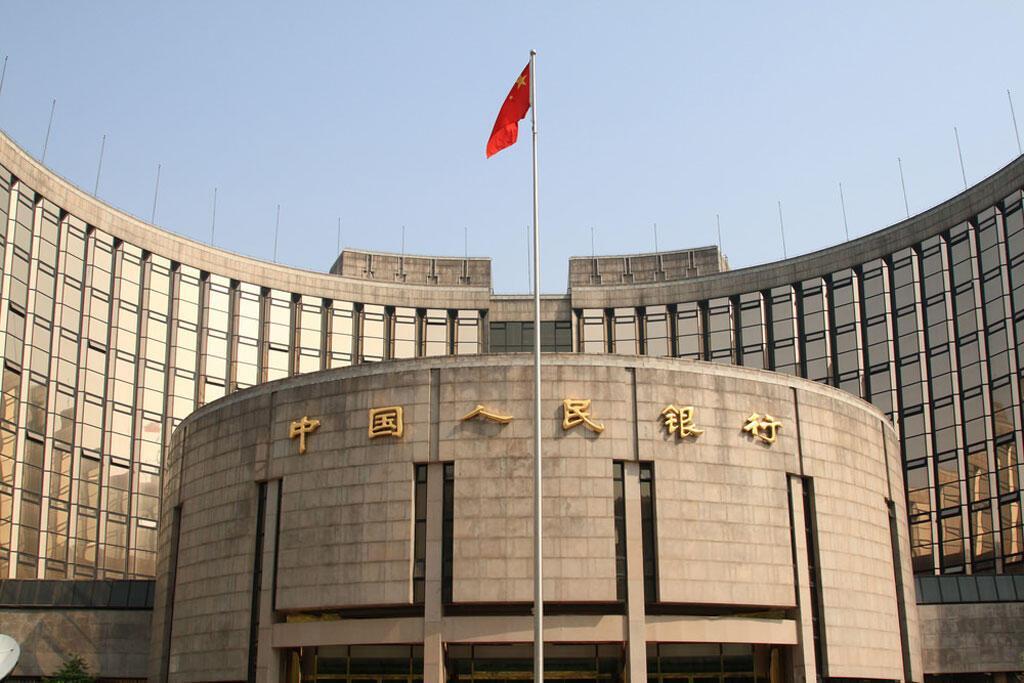
China’s central bank has unveiled a key interest rate reform to help steer borrowing costs lower for companies and support a slowing economy that has been hurt by a trade war with the United States.
The People’s Bank of China (PBOC) said it will improve the mechanism used to establish the loan prime rate (LPR) from this month, in a move to further lower real interest rates for companies as part of broader market reforms.
Analysts say the move, which came after data that showed weaker than expected growth in July and followed a cabinet announcement on Aug. 16, underscores the government’s attempts to use reforms to support a slowing economy.
“By reforming and improving the formation mechanism of LPR, we will be able to use market-based reform methods to help lower real lending rates,” the PBOC said in a statement published on its website.
The central bank will “deepen market-based interest rate reform, improve the efficiency of interest rate transmission, and lower financing costs of the real economy,” it said.
Chinese banks’ new LPR quotations will be based on rates of open market operations, and the national interbank funding center will be authorized to publish the rate from Aug. 20, the PBOC said. It added the rate will be published every month on the 20th, effective this month.
Banks must set rates on new loans by mainly referring to the LPR and use LPR as the benchmark for setting floating lending rates, the PBOC said, adding that banks will be barred from setting any implicit floor on lending rates in a coordinated way.
The central bank said five-year and longer tenors will be added to the existing one-year LPR, which will help banks set rates on long-term loans such as mortgages.
China will add eight small banks, including two foreign-funded banks, to the existing 10 nation-wide banks that will be allowed to submit LPR quotations, the central bank said.
The move followed pledges from China’s State Council on Aug. 16 that the country will rely on market-based reform measures to help lower real interest rates for companies.
The central bank said that it will strengthen its supervision on banks’ rate quotations and punish banks for irregularities that disrupt the market order.